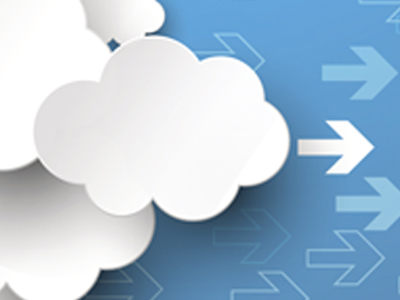There are many things you need to think about when you plan your cloud migration. Here are some things you should be careful not to overlook.
1. Test your workloads before you migrate. Testing your workloads allows you the opportunity to review your configuration, verify application behavior and dependencies, and collect performance metrics for both typical and heavy load days. You’ll need those metrics as a baseline to measure your applications’ performance in their new home in the cloud. Testing in the familiar onsite environment also serves as a rehearsal and will make the testing process in the cloud more comfortable even when you aren’t yet experts in the cloud.
2. Think about how you will monitor the cloud. Because most cloud transitions are gradual, you will most likely have workloads running in both the cloud and your data center; you may even use more than one cloud provider. These hybrid and multicloud architectures make it more difficult to monitor your overall position; cloud provider’s own monitoring tools are typically limited to their own clouds. Consider incorporating a cloud monitoring tool that can collect information about your complete infrastructure.
3. Plan for disaster recovery. The cloud is often a disaster recovery solution, yet you still need a disaster recovery plan for your cloud-based workloads. This can mean deploying workloads in multiple regions, across multiple providers, or keeping the capability of running applications in your local data center. You may want to plan for a different kind of disaster, too: failure of the cloud to meet your business needs, and have a fallback plan for that scenario.
4. Understand how cloud impacts your employees. Don’t overlook how cloud impacts your employees. Both your IT team and your business end users will notice changes in how applications are accessed and supported after you migrate to cloud. Include enough training time to make them comfortable with the change. As cloud changes employees’ roles and job functions, you may wish to make broader organizational changes to adapt.
5. Don’t forget the firewall. When you migrate to cloud, you’ll migrate applications and data. There’s a third component that’s often overlooked: the firewall rules that keep those applications and data secure. While security in the cloud is different from on premises security, you’ll still need an understanding of those rules to implement appropriate protections in the cloud.
Whether the target of your cloud migration is Amazon Web Services, Google Cloud Platform, Microsoft Azure, or another cloud provider, the VAST IT Services team has the expertise to make your cloud migration successful. Contact us to make sure you don’t overlook any important considerations as you make your move to cloud.



